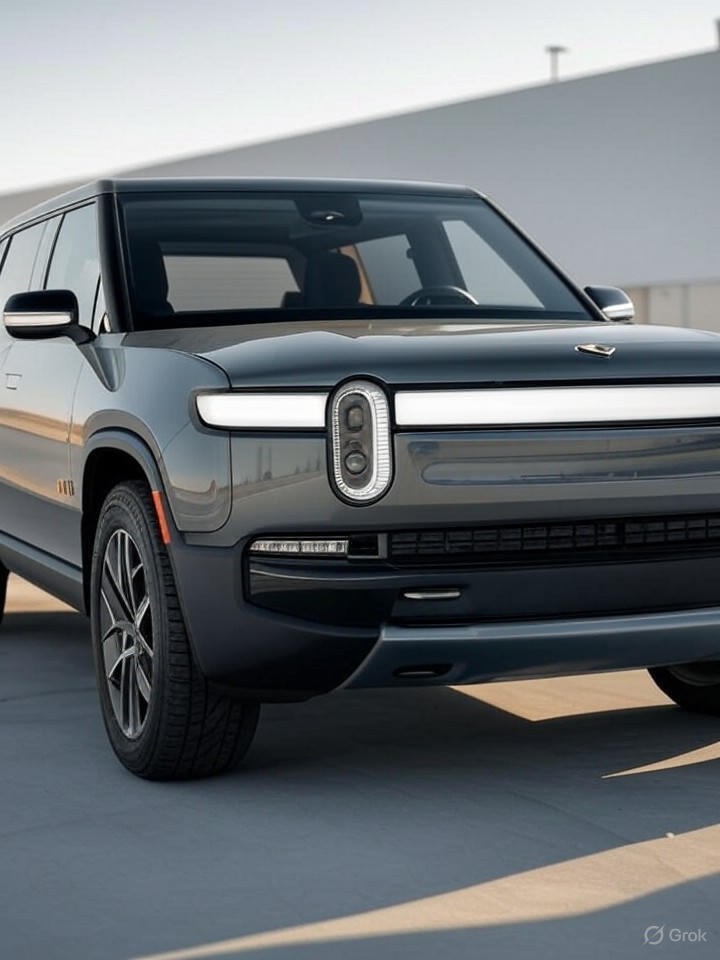Rivian’s Earnings Reveal Policy Headwinds
Rivian Automotive Inc., the electric-vehicle maker backed by Amazon.com Inc., reported its second-quarter earnings on Tuesday, highlighting significant challenges from U.S. policy shifts. During the earnings call, CEO RJ Scaringe emphasized how impending tariffs and changes to electric vehicle credits are poised to squeeze the company’s cash flow in 2025. According to a report in Business Insider, Scaringe noted that tariffs could increase production costs by “a couple thousand dollars per unit,” a burden that comes at a critical time as Rivian ramps up for its R2 SUV launch.
The company posted mixed results for the quarter, with revenue rising 12% year-over-year to $1.30 billion, surpassing some analyst expectations, but it widened its projected annual loss to $2.25 billion. This adjustment reflects not only operational hurdles but also external pressures from trade policies. Investors reacted swiftly, sending Rivian’s stock down over 4% in after-hours trading, as detailed in coverage from The Economic Times.
Tariffs Amplify Supply Chain Strains
Tariffs on imported auto parts and vehicles, particularly those reinstated or expanded under recent administrations, are hitting Rivian hard. Scaringe explained that these levies, aimed at protecting domestic manufacturing, could add substantial costs to components sourced globally, complicating Rivian’s efforts to achieve profitability. A Yahoo Finance analysis points out that Rivian failed to report a gross profit in Q2, attributing this partly to tariff-induced cost increases that blunted performance.
Moreover, Rivian has revised its 2025 delivery targets downward to between 40,000 and 46,000 units, a move echoed in reports from CNBC, which also noted heightened capital expenditures of $1.8 billion to $1.9 billion. Industry insiders see this as a strategic pivot to mitigate tariff impacts, possibly through reshoring supply chains or seeking joint ventures, such as the recent $1 billion funding from Volkswagen AG.
EV Tax Credit Losses Loom Large
The potential elimination or reduction of the $7,500 federal EV tax credit represents another blow. Scaringe warned that without these incentives, consumer demand could soften, directly affecting Rivian’s sales trajectory. An article in Electrek suggests that while some Rivian models like the R2 might still qualify under revised rules into 2026, the overall policy shift under a possible Trump administration could dry up key revenue streams.
This credit loss compounds Rivian’s challenges, as the company reported a $1.1 billion net loss for Q2 despite cost-cutting measures and hype around the R2’s $45,000 price point. As per insights from AInvest, Rivian’s push toward a 17% gross margin in Q1 signals progress, but tariffs and credit cuts threaten to erode these gains, prompting a reevaluation of long-term strategies.
Strategic Responses and Future Outlook
In response, Rivian is leveraging partnerships to buffer these impacts. The Volkswagen investment, combined with a potential $6.6 billion loan from the Department of Energy, aims to expand production capacity to 400,000 units by 2028. A transcript from Investing.com reveals Scaringe’s optimism about shared sourcing for low-voltage electronics, which could offset tariff costs through joint ventures.
Looking ahead, Rivian’s path to profitability hinges on navigating these policy hurdles. Analysts from The Motley Fool note a return to negative gross margins, underscoring the urgency for efficiency gains. For industry observers, Rivian’s Q2 serves as a case study in how geopolitical and regulatory forces can reshape EV ambitions, with the company’s adaptability key to weathering the storm into 2025 and beyond.




 WebProNews is an iEntry Publication
WebProNews is an iEntry Publication